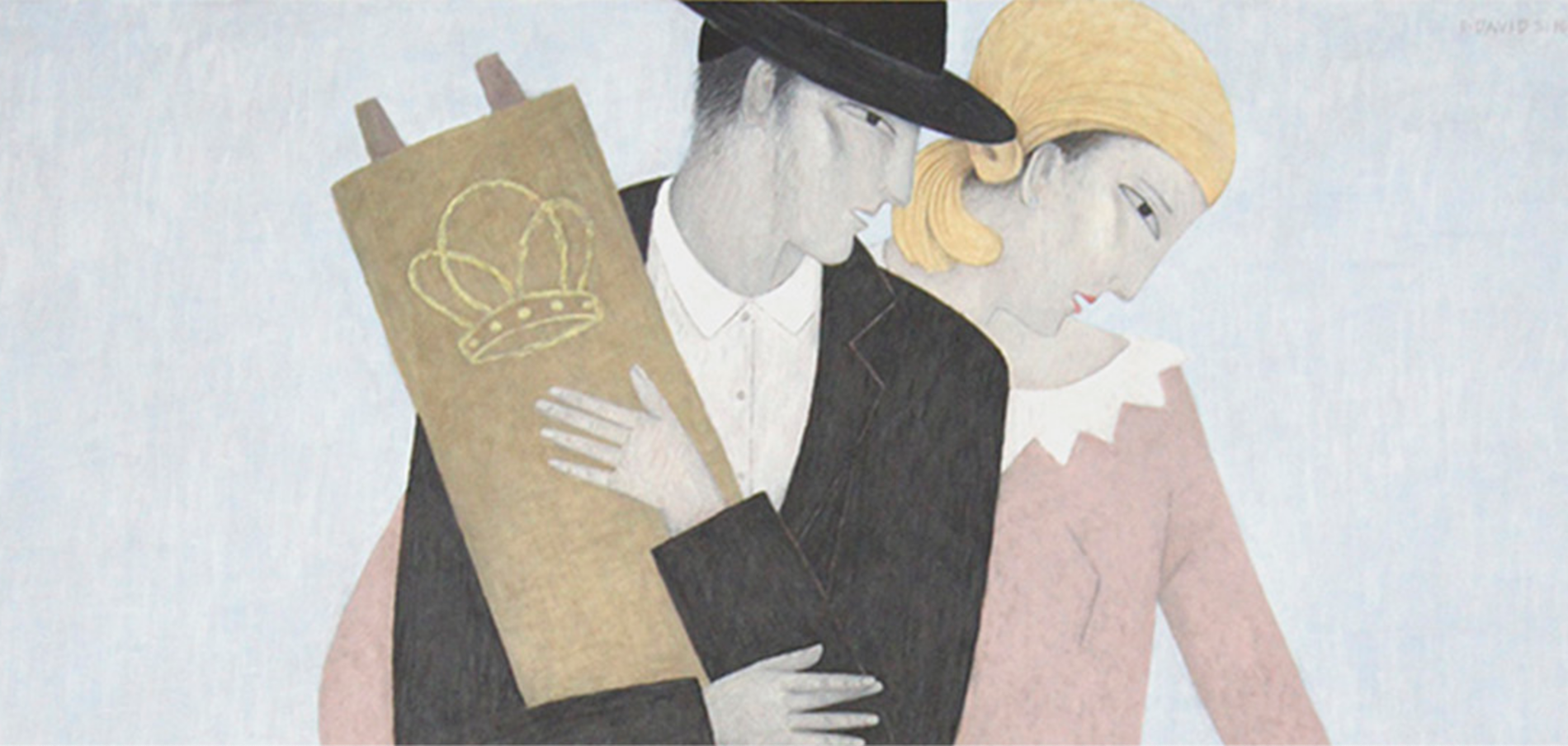Who Should Light The Menorah?
Hi Jew in the City-
In my family, my father lights the menorah alone, but in my friends’ family, everyone lights their own menorah. Who should light it?
Sincerely,
Meira
Dear Meira-
Thanks for your question. The prevalent practice among Sefardic Jews is for one menorah to be lit; the prevalent practice among Ashkenazim is for each person to light their own.
Sincerely yours,
(What’s that, Allison? Too short? But the question was really straightforward this time! Okay, fine.)
While we’re on the subject of Chanukah lighting, let’s review a few more useful tidbits.
It is obligatory for every person either to light Chanukah candles or to have another person light for them. Even if a person has literally no money, he must either sell something or fundraise to be able to light the menorah. There are different practices regarding women who live with men, such as with a father or brother; ask your own rabbi for guidance in this area. Our practice is that a wife does not light unless her husband is not lighting at home.
A menorah may be made of virtually any material, from precious metals like gold and silver to more common materials like glass and wood. One should try to acquire a beautiful menorah, so things like egg shells and hollowed out potatoes should be avoided. While they may be functional, they are considered degrading to the mitzvah. A menorah must be able to stand on its own without being propped up. Wax candles need not be placed in a menorah; rather, they can just be adhered to a common surface.
Any kind of fuel and wicks may be used in the menorah but it is preferable to use materials that burn nicely. Olive oil is especially desirable for use as a fuel since it is reminiscent of the miracle that occurred with the oil. Wicks may be reused so long as they continue to burn well.
The prevalent practice outside of Israel is to light inside by a window so that the light can be seen from the street. A common practice among Chasidim is to light inside by a doorway, usually to the dining room. Students in yeshivot generally light in the dining room. When lighting at a doorway, the menorah should be placed on the left side. Since the mezuzah is on the right side of the doorway, a person will end up being surrounded by mitzvos. (In the absence of a mezuzah, the menorah should be placed on the right.)
The optimum time to light the menorah is within a half-hour of when the stars appear, though if one did not do so he may light so long as it is still night. One must have enough fuel for his candles to burn at least half an hour. If the lights burn beyond this half-hour, they may be extinguished, though many have the practice not to do so no matter how long the candles may burn. If a candle goes out before the half-hour is up, it does not have to be re-lit unless the circumstances of its lighting did not really provide it with the potential to burn for the requisite time (such as if it was lit in a windy room).
On Fridays, Chanukah candles are lit a few minutes before Shabbos candles; Shabbos candles should be lit at the usual time. The menorah will require larger candles or more oil than on other days in order to enable the lights to burn until a half-hour after the stars appear.
On Saturday night, the more common practice is to perform havdalah before lighting the menorah at home, though there are those whose practice is the opposite. The universal practice in the synagogue is to light the menorah before reciting havdalah.
More Menorah Minutia:
- The menorah may not be moved, or even picked up, while the candles are burning.
- For the first night or two of Chanukah, two people can light at opposite ends of the same menorah as the space in between their lights would make the distinction clear.
- If one doesn’t have enough candles to light according to the day (three candles on day three, four candles on day four, etc.), then he should only light a single candle (and not two on day three or three on day four).
And, believe it or not, all of this only scratches the surface! As you can see, there is a quite a bit that goes into performing the mitzvah of lighting the menorah. Under most circumstances it’s a fairly simple mitzvah to perform but when questions do arise – whether it’s coming home late or candles blowing out unexpectedly – it’s always good to be prepared by familiarizing ourselves with as much information as possible. (There are different approaches to many issues. For questions of practical application it’s always best to consult one’s own rabbi whenever possible.)
Sincerely,
Rabbi Jack Abramowitz
JITC Educational Correspondent
If you found this content meaningful and want to help further our mission through our Keter, Makom, and Tikun branches, please consider becoming a Change Maker today.








2 comments
Sort by
I was taught that married ladies don’t light there own, but are included in their husband’s. Or if they do light, it’s without the blessing. Is that correct?
That is correct, although I’ve never heard of a woman lighting without a bracha (blessing).